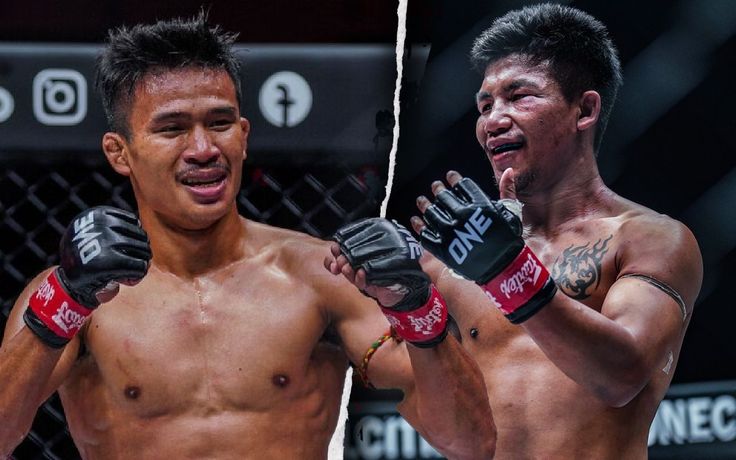The Backdrop: Unfinished Business
The story began in 2018 when the two undefeated giants faced off in their first bout, which ended in a dramatic and controversial draw. Wilder knocked Fury down twice — including a thunderous knockdown in the twelfth round — but Fury miraculously rose from the canvas, cementing his legend.
In their 2020 rematch, Fury shocked the world by abandoning his slick, defensive style and instead walking Wilder down, battering him en route to a seventh-round TKO. That loss was the first of Wilder’s career, and he immediately activated his rematch clause, setting the stage for the trilogy.
After months of delays, arbitration drama, and COVID complications, the two met once again — this time with pride, legacy, and the WBC heavyweight title all on the line.
The Fight: A Battle for the Ages
From the opening bell, it was clear this fight would be different. Fury, as in the second fight, took the center of the ring, using his size and jab to impose himself. Wilder, to his credit, came in with a new strategy — targeting the body early and looking to box, not just brawl. He was lighter, sharper, and more patient.
But by the third round, Fury found his rhythm. A powerful right hand sent Wilder crashing to the canvas, and the momentum appeared to shift toward the Brit once again. Fury smelled blood, but Wilder, true to his reputation, refused to go away.
In a stunning fourth round, Wilder turned the tide. He landed a brutal right hand that dropped Fury for the first time in the fight. Seconds later, another short shot put Fury down again. The arena roared as Wilder seemed on the brink of reclaiming his title.
But like a man touched by destiny, Fury rose once more.
From that moment forward, the fight descended into an unforgettable war. Fury used his jab, leaned on Wilder, and wore him down with body shots and heavy combinations. Wilder, exhausted and bloodied, still had flashes of danger in his right hand but was visibly fading.
By the 10th round, Fury had reasserted full control. He dropped Wilder again, and though the American rose once more, the toll was mounting. Then, in the 11th, came the end.
Fury unleashed a right hook that landed flush. Wilder collapsed to the canvas for the third and final time. The referee waved it off. Fury had retained his WBC title — and closed the trilogy in emphatic fashion.
The Aftermath: Respect Earned in Blood
The bout was immediately hailed as one of the greatest heavyweight fights of the modern era. Five knockdowns. Shifts in momentum. Courage from both men. And a finish worthy of the stakes.
For Tyson Fury, the win solidified his claim as the best heavyweight of his era. He remained undefeated, defended his title, and once again showcased his blend of technical skill, mental toughness, and finishing ability. He celebrated in trademark Fury fashion — with showmanship, singing, and a nod to his fans.
For Deontay Wilder, the loss was heartbreaking, but his stock rose in a different way. Though beaten, he fought with unshakable heart. He gave everything, and despite a brutal beating, never stopped trying to land the shot that could change everything. Fans and critics alike lauded his bravery, even as he declined to embrace Fury afterward.
What Made This Fight Special
This wasn’t just a title defense or a grudge match — it was the closing act of a heavyweight trilogy that will be remembered for decades. It had all the elements that define boxing at its best: drama, skill, punishment, and heart.
Fury’s tactical brilliance and physical dominance were undeniable. At 6’9”, he moved like a middleweight, outboxing one of the most dangerous punchers in heavyweight history while also proving he could fight fire with fire.
Wilder, for all his limitations, showed incredible guts. Few fighters could’ve absorbed what he did and still keep swinging. The image of him staggering but still throwing right hands in the late rounds is etched in the memory of fans who respect the warrior spirit.
Legacy of the Trilogy
The Fury-Wilder saga breathed life back into the heavyweight division. It brought global attention, reminded fans of the magic of big-man boxing, and showcased two very different but equally compelling fighters.
Fury, the entertainer, the technician, the phoenix who rose from depression and substance abuse to reign atop the sport.
Wilder, the knockout artist from Alabama, whose raw power and unrelenting heart made him must-see television every time he laced up the gloves.

